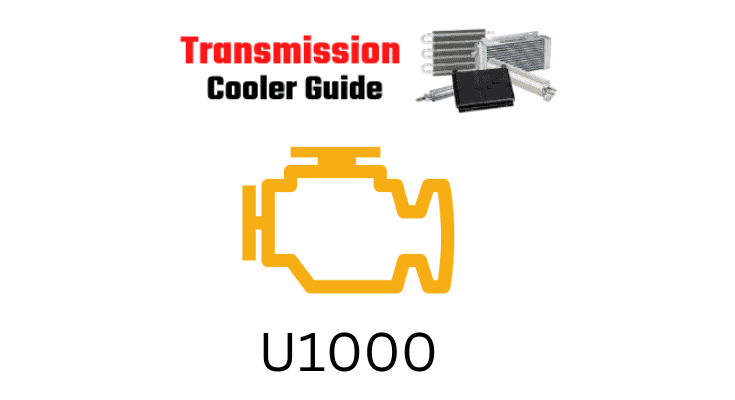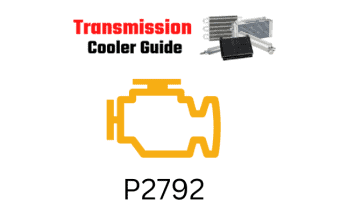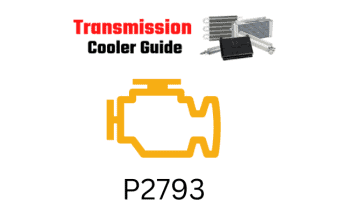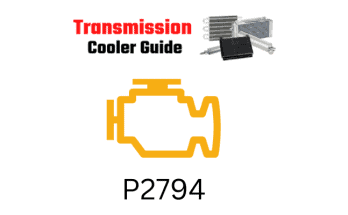U1000 is a diagnostic trouble code (DTC) indicating a communication failure between the Transmission Control Module (TCM) and the engine control module (ECM). This means that the two modules are unable to exchange information, resulting in various problems with the transmission and engine.
One of the symptoms of U1000 is a lack of communication between the TCM and the ECM. This can cause the transmission to shift erratically or not at all, leading to poor performance and reduced fuel efficiency. In some cases, the vehicle may not start at all, as the TCM is responsible for controlling the transmission and allowing the engine to start.
Another symptom of U1000 is an illuminated check engine light on the dashboard. This is a sign that there is a problem with the transmission or engine, and the vehicle should be taken to a mechanic for diagnosis and repair.
The most common cause of U1000 is a faulty TCM or ECM, which can be caused by a variety of factors. These include physical damage, moisture damage, and electrical issues. In some cases, the problem may be due to a faulty wiring harness or a failed connection between the TCM and ECM.
To diagnose and repair U1000, a mechanic will first need to connect a diagnostic tool to the vehicle’s on-board diagnostic (OBD) port. This will allow the mechanic to retrieve any stored DTCs and diagnose the problem.
If the problem is due to a faulty TCM or ECM, the faulty module will need to be replaced. In some cases, the wiring harness or connections may need to be repaired or replaced.
Once the repair is complete, the mechanic will clear any stored DTCs and test drive the vehicle to ensure that the problem has been resolved and the transmission is shifting smoothly.
Overall, U1000 is a serious issue that can lead to a variety of problems with the transmission and engine. If this DTC is present, it’s important to have the vehicle diagnosed and repaired as soon as possible to avoid further damage and ensure safe and reliable operation.




